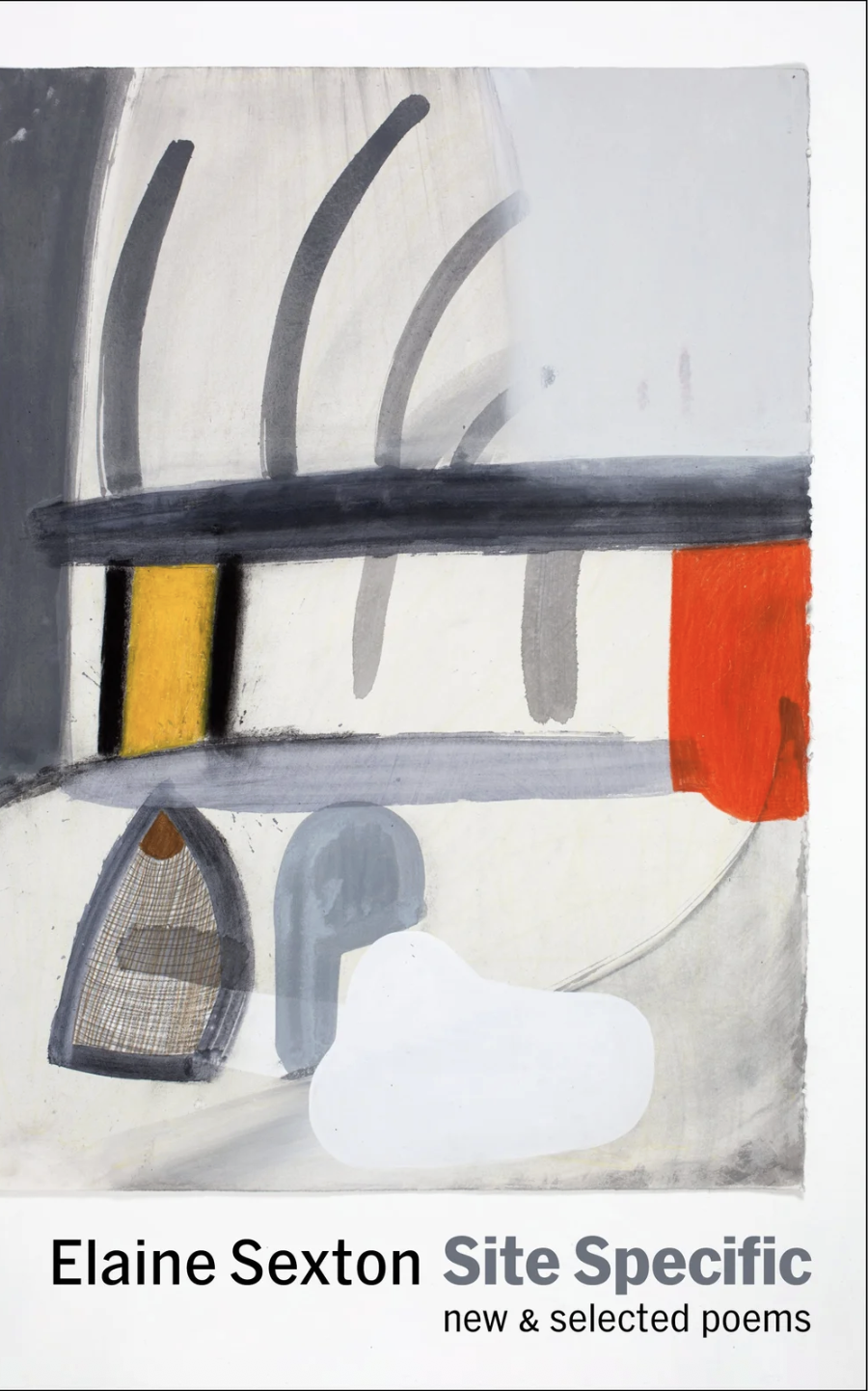There is a secret inside every anatomy. Like your organs, your desires, your thoughts about why you’re desiring still. They all have secrets, linking arms, and they’re spending most of their time waiting. Have you read Tennyson’s poem “The Lady of Shallot”? “When?” is the question her desires were usually asking. Alternated by, “Which one?” You probably didn’t know this, but Tennyson’s poem “The Lady of Shallot” is actually an extended allegory of all those secrets, and their most useful relationships. But it’s allegory in more than the sense that the Lady is someone who has internal organs and desires that may or may not be actively desiring, even while she spends an inordinate amount of her time wondering about the dimensions of desiring. She is inside a room. She is alone. And she can only see outside the room by looking at a mirror. That room, her gaze, her posture in the chair, the furniture in the room, these are allegory, along with the mirror, along with the fact that the Lady won’t look outside her room directly, but only through her mirror.
Enter Sarah Gridley’s Loom. Is it testimony to “The Lady of Shallot”? Dedication? Lyric meditation? All the Lady’s domestic contraptions, and feelings, and overall desires desired and desiring are the weaving that Sarah Gridley’s Loom is dealing with. What does this mean? Look at Susan Howe’s Singularities, where she introduces the reader to Hope Atherton, a minister in colonial Massachusetts who got lost in the woods during a battle with the Native Americans. The book is a search for getting lost. And not just a search, but a psychological texture, a missive, a testimonial whose imagery risks being relevant to Hope Atherton alone, and no one else.
This is Gridley’s approach, though “The Lady of Shallot” is no Hope Atherton. Yes, the Lady is lost in thought. The poems of Loom are lost with the Lady, wondering about her, wondering why the author of these poems might find the Lady so relevant. But however lost these poems are in meditation, they are arranged in a fairly severe order. Part of the loom structure of Loom, I suppose. For instance, there is the middle section of prose poems arranged in alphabetical order by title. There are the opening and closing sections each setting out an extended lyric meditation on the personal relevance of “The Lady of Shalott.” The other aspect of the loom is the rich and elaborate weaving, which in this case leads the reader through a meditation on desire and being inside desire, at the threshold of desire, perhaps undesiring desire.
Gridley comes to Loom after two previous volumes: Weather Eye Open and Green Is the Orator. Which is as much to say Gridley comes to Loom with a voice full of sensual observation. Especially in Green Is the Orator, where the voice of green (what do you imagine Green sounds like?) is what every green object coming out of the ground sounds like when it’s growing. The sensuality in Green Is the Orator is about timing and rhythms in the language. The timing of green leaves on a tree. The rhythms of new moss on a rock. These are steady and subtle, almost static, so that the syntax and momentum of a sentence is actually being resisted by the style of observation. For instance, from “Sunrise with Sea Monsters”:
In bulletins of spray to sky, a morning forgets a million yellows.
Stroke of yellow into grainy noun, now a light quarried from yellow.
What is your face on the face of the water? A mirror conceals
it begins in stone. Noun of informing and resuming yellow. Stone steps
inside of mirror, appalling and alighting yellow.
Note how repeating yellow is, on one hand, the suitable framing for a sunrise. On the other hand, the second sentence actually calls yellow, “into grainy noun, now a light quarried from yellow.” To my reading, I am reminded again and again of YELLOW in the sunrise, while the literal reading offers these quiet descriptions of the yellow as it rises in the new sun.
But the timing and rhythm of Loom is different. It is still sensual. Who is the Lady of Shallot? What does she want? Is want a curse that will be inevitably indulged? But Loom‘s poems model the rhythms Tennyson uses in “The Lady of Shallot.” But where Tennyson’s rhyme is predominant, Gridley strips his rhythms of their rhyme, leaving her with Tennyson’s build and release. For example, from “The Lady of Shallot”:
In the stormy east wind straining,
The pale yellow woods were waning,
The broad stream in his banks complaining,
Heavily the low sky raining
Over towered Camelot;”
Tennyson’s poem is especially fond of this buildup. It almost feels like anaphora, even though the only repetition comes from the heavy feminine rhymes at the line endings. Likewise, “The Lady of Shallot” likes the surprise enjambment, where the sentence is suddenly completed (“Heavily the low sky raining / Over towered Camelot”). The complete sentence actually releases the tension that the preceding lines have built.
 Gridley’s technique isn’t as regular as Tennyson’s. But there is still a definite buildup with alternating release. Here is the opening to Gridley’s prose poem, “Charcoal”:
Gridley’s technique isn’t as regular as Tennyson’s. But there is still a definite buildup with alternating release. Here is the opening to Gridley’s prose poem, “Charcoal”:
Line of impure carbon and available time. Seam of transmutable sadnesses. In the square the archway opens into, a line will bank on diverse wings, curved in a shared falling, to come aground, shy of here, in a drawing of mysterious accuracy.
To my reading, the first three clauses are the buildup, faintly echoing each other, then “a line will bank on diverse wings” releases the buildup of those three fragments with a complete sentence. I might be guilty of fitting a quote to my purpose, but I can’t help but hear this exchange between buildup and release throughout the book’s middle section.
All of this to say, Loom is not one of those dummied-Ekphrastic type projects where a poet adopts an allusive figure and then transparently enacts his or her own 21st Century concerns through the “voice” and “desires” and “identity” of this Other. Gridley’s is a fully breathing poetry that is intimately involved with its allusion. It is quiet and voluminous. It is settled and concise. If you were to consider the Arthurian folktale-ish element of “The Lady of Shallot,” Loom immerses itself in the mystery of the folk. It almost feels lost in this immersion. But because of the tragic figure of Tennyson’s poem, Loom remains poignant and immediate.




